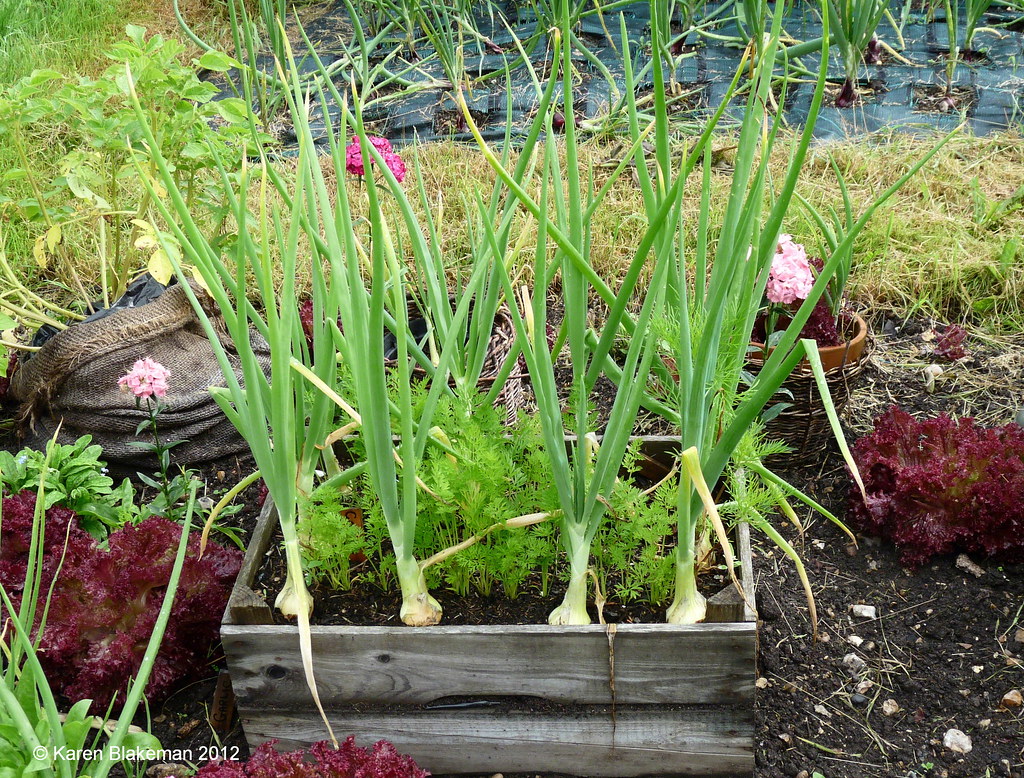Master Companion Planting for Pest Control

Master Companion Planning for Pest Control
Companion planting for pest control is an organic method that leverages the power of nature to keep garden pests at bay. It's like creating a tiny ecosystem where plants support each other, making your garden healthier and more resilient. Let's dive into the world of companion planting and explore how it can transform your garden into a pest-resistant haven.
Understanding Companion Planting
Companion planting is based on the idea that certain plants can benefit each other when grown together. Some plants can repel pests, while others can attract beneficial insects or improve soil health. It's like having a well-coordinated team in your garden, with each player bringing unique skills to the table.
The Role of Companion Plants in Pest Control
Companion plants can act as a natural pesticide, deterring garden pests without the need for harsh chemicals. For instance, marigolds contain a substance called thiopene, which helps to repel nematodes (microscopic worms) that can attack plant roots. Similarly, chives and onions are known to deter aphids, mites, and even rabbits.
Attracting Beneficial Insects
Some companion plants can lure beneficial insects into your garden. These insects, like ladybugs and lacewings, feed on garden pests and help to keep their population under control. Plants like dill, yarrow, and wild parsnip are excellent at attracting these helpful critters.
Masking and Confusion
Certain plants can mask the scent of their neighbors, making it harder for pests to find their target. This is particularly useful in vegetable gardens. For example, planting strong-smelling herbs like mint, basil, or rosemary near vegetables can confuse pests and reduce the chances of an infestation.
Trap Cropping
Trap cropping is a strategy where you plant a sacrificial crop to lure pests away from your main crops. For instance, nasturtiums are a favorite of aphids. By planting nasturtiums, you can draw aphids away from your other plants. It's like giving pests a decoy to keep them away from your prized possessions.
Companion Planting Combinations
Here are some effective companion planting combinations for pest control:
- Tomatoes and Basil: Basil can repel tomato hornworms and improve the flavor of tomatoes.
- Roses and Garlic: Garlic can deter aphids and other pests that commonly attack roses.
- Cucumbers and Nasturtiums: Nasturtiums act as a trap crop, drawing aphids away from cucumbers.
Organic Pest Control: Beyond Companion Planting
While companion planting is a powerful tool, it's not the only method of organic pest control. Crop rotation, physical barriers, and natural pesticides can also play a significant role. You can learn more about these methods here.
The Benefits of Companion Planting
Apart from pest control, companion planting offers numerous other benefits. It can improve soil health, enhance biodiversity, and even increase crop yields. Plus, it's a fun and engaging way to plan your garden!
Common Mistakes in Companion Planting
While companion planting is beneficial, it's essential to avoid common pitfalls. These include overcrowding plants, not considering the specific needs of each plant, and not rotating crops to prevent disease.
Planning Your Companion Planting Garden
Before you start planting, it's crucial to plan your garden layout. Consider the size, light requirements, and water needs of each plant. Sketching out a plan can help you make the most of your space and ensure that your plants thrive.
Companion Planting for Different Garden Types
Companion planting can be adapted to various garden types, from vegetable gardens to flower beds and even container gardens. The key is to choose the right combination of plants for your specific conditions.
The Impact of Companion Planting on the Environment
By reducing the need for chemical pesticides, companion planting can have a positive impact on the environment. It supports biodiversity, reduces pollution, and promotes sustainable gardening practices.
Getting Started with Companion Planting
Ready to give companion planting a try? Start small, with a few well-chosen combinations. Observe your garden, and don't be afraid to experiment. Remember, gardening is a journey, and every season brings new lessons.
Conclusion
Companion planting for pest control is more than just a gardening technique; it's a philosophy that embraces the interconnectedness of nature. By harnessing the power of plants, you can create a harmonious, thriving garden that's naturally resistant to pests. So, why not give it a try and see the magic of companion planting unfold in your own backyard?
FAQs
What are some common companion plants for tomatoes?
- Basil, marigolds, and chives are all excellent companions for tomatoes. They can repel pests and even improve the flavor of tomatoes.
Can companion planting completely replace chemical pesticides?
- While companion planting can significantly reduce the need for chemical pesticides, it may not eliminate it entirely. However, it's a powerful tool in an integrated pest management strategy.
How do I know which plants to combine?
- Research is key. Many gardening resources, including the Gardeners.com guide, offer insights into effective plant combinations.
What if I don't have much space for companion planting?
- Companion planting can be adapted to small spaces. Consider using containers or interplanting (planting quick-growing crops among slower-growing ones).
How long does it take to see the benefits of companion planting?
- The benefits of companion planting can often be seen within a single growing season. However, the full impact on soil health and pest control may take several seasons to become apparent.
0 Response to " Master Companion Planting for Pest Control"
Post a Comment